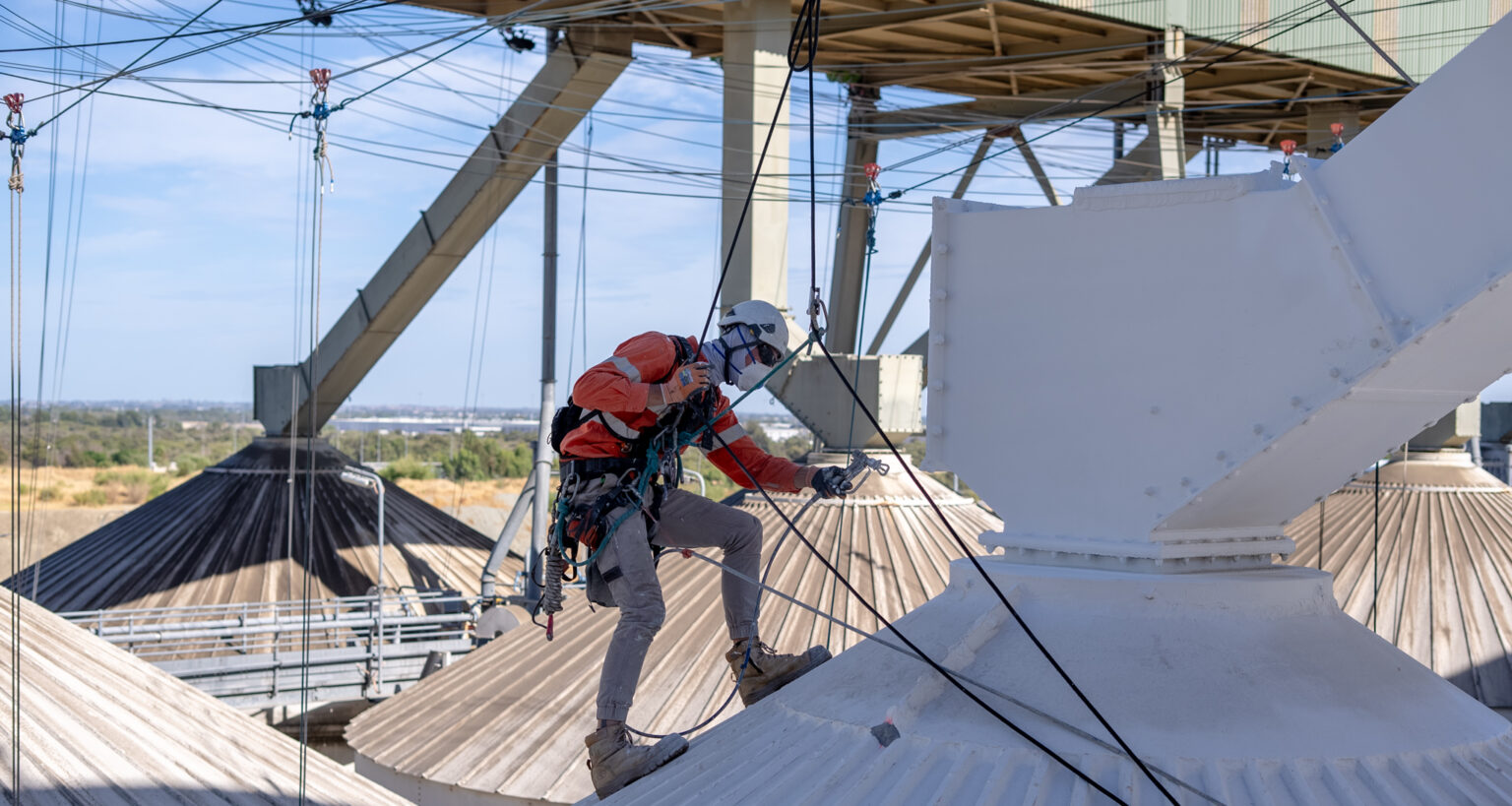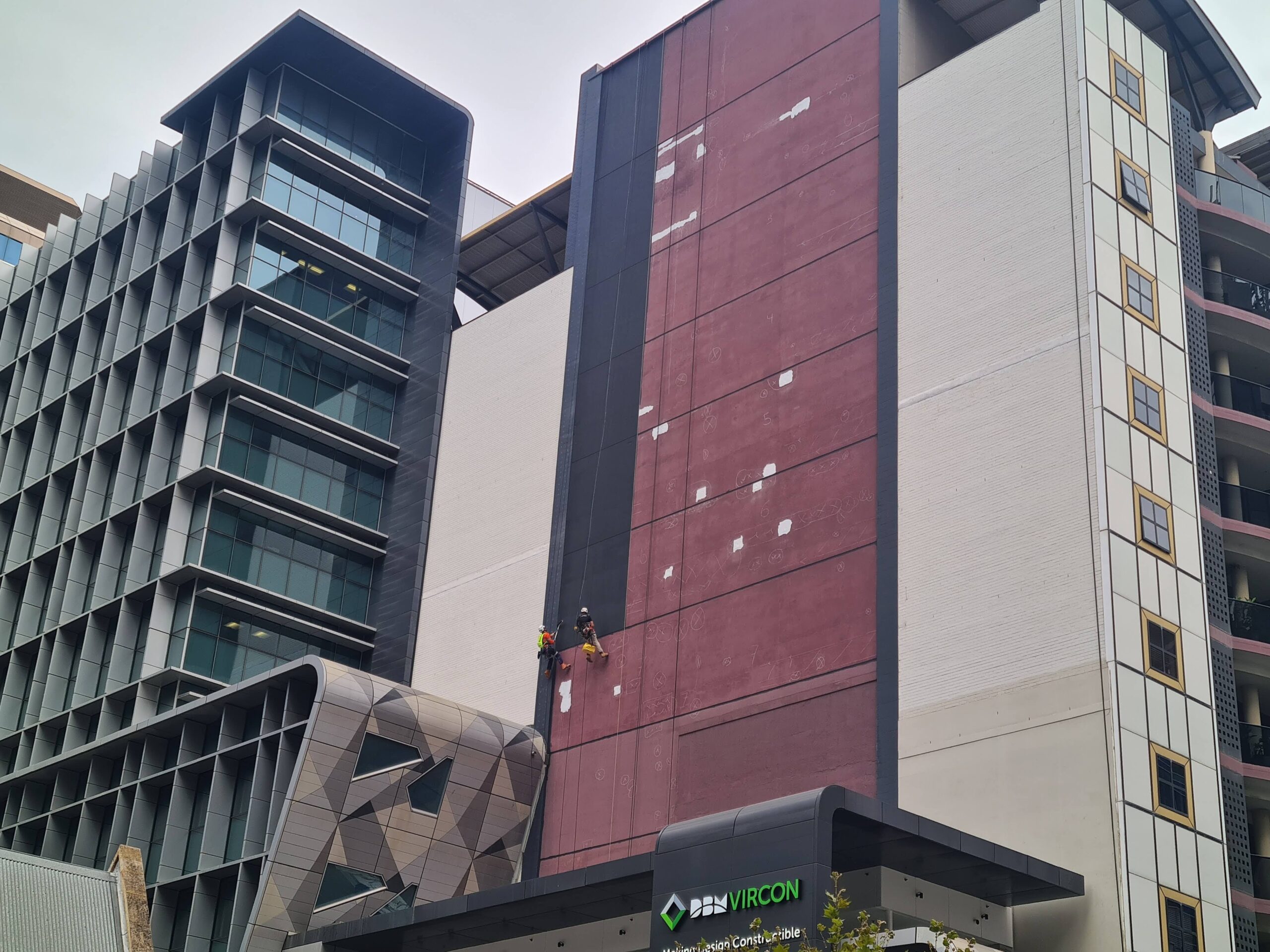Rope access techniques have changed the way professionals approach tasks at height. This method uses ropes, harnesses, and specialised equipment to allow workers to reach difficult spots safely. Unlike traditional access methods such as scaffolding or aerial lifts, rope access requires minimal equipment and can be set up quickly.
The system originated from climbing and caving techniques but has been adapted for industrial use with strict safety protocols. Today, rope access technicians work across many sectors, making this approach one of the most flexible height access solutions available. Itero Australia have established themselves as leaders in providing these specialised services across various industries.
From Industrial Maintenance to Rescue Operations: The Versatility of Rope Access
Apr 14

The Evolution of Rope Access Techniques
Rope access methods have come a long way since their early applications. Initially adopted from mountaineering and spelunking, these techniques have been refined to meet the demands of industrial settings. Early systems were basic compared to today's sophisticated setups, which incorporate advanced materials, redundant safety measures, and standardised procedures.
The industry saw significant changes with the formation of organisations like the Industrial Rope Access Trade Association (IRATA) and the Society of Professional Rope Access Technicians (SPRAT). These bodies established training standards, certification processes, and operational guidelines that have made rope access remarkably safe. The statistical safety record of professional rope access now exceeds many conventional working-at-height methods, proving that evolution in this field has prioritised worker protection.
Industrial Applications: Maintenance and Inspection
In industrial settings, rope access offers unmatched benefits for maintenance tasks. Technicians can inspect welding joints on offshore platforms, examine structural integrity of towers, and perform repairs on high-rise buildings without the time and expense of scaffolding. This makes routine maintenance more feasible and cost-effective.
Oil and gas facilities particularly benefit from rope access solutions. Technicians can inspect flare stacks, storage tanks, and processing units while operations continue below. According to the International Association for Industrial Accident Prevention, rope access methods reduce downtime by up to 70% compared to traditional access methods, offering significant economic advantages. The ability to reach confined spaces or awkward angles gives rope access a clear edge in comprehensive industrial inspections.
Construction and Building Maintenance
The construction industry has embraced rope access for tasks ranging from initial building inspections to ongoing maintenance. Window cleaning on skyscrapers, façade repairs, and structural assessments can all be performed with minimal disruption to building occupants. This approach eliminates the need for unsightly scaffolding that might block light or access.
Heritage buildings present unique challenges that rope access solves effectively. Delicate stonework or ornate features require careful handling that heavy equipment might damage. Rope technicians can get close enough for detailed work while minimising their physical impact on these structures. The precision offered by rope access makes it ideal for both modern construction projects and historical restoration work, providing flexibility that few other access methods can match.

Rescue Operations and Emergency Response
When disasters strike, rope access technicians become invaluable first responders. Their ability to reach victims in collapsed buildings, on mountain faces, or in other inaccessible locations can mean the difference between life and death. These specialists combine their technical rope skills with medical training to provide immediate aid in situations where conventional rescue methods cannot reach.
Urban search and rescue teams increasingly include rope access experts who can assess structural stability and extract people from damaged buildings. During the aftermath of earthquakes, floods, or industrial accidents, these technicians navigate fallen debris and unstable structures to locate survivors. Their training in both technical rope work and emergency response makes them uniquely qualified for these high-stakes situations where time and safety are equally critical.
Environmental Conservation and Research
Environmental scientists and conservation teams have adopted rope access techniques to study and protect natural habitats. Researchers can now collect samples from cliff faces, study bird nesting sites, or monitor erosion patterns in previously unreachable locations. This non-invasive approach allows for data collection with minimal environmental impact.
Conservation projects benefit from rope access during tasks like removing invasive plant species from cliff systems or installing protection for endangered wildlife. In Australia's Blue Mountains, rope technicians have helped establish monitoring systems for rare plant communities that grow only on vertical rock faces. The precision and light footprint of rope access make it ideal for sensitive ecological work where protecting the environment is the primary concern.
Training and Certification: Ensuring Safety
The rope access industry maintains its exemplary safety record through rigorous training and certification processes. Technicians progress through multiple qualification levels, each requiring specific experience hours, practical assessments, and theoretical knowledge. This systematic approach ensures that every certified technician understands both the technical aspects of their work and the crucial safety procedures.
Ongoing training remains a central feature of professional rope access work. Even experienced technicians must recertify regularly and stay updated on equipment innovations and technique improvements. This commitment to continuous learning creates a culture of safety that defines the industry. With accident rates significantly lower than conventional construction work, rope access demonstrates how specialised training translates directly into workplace safety and operational excellence.
